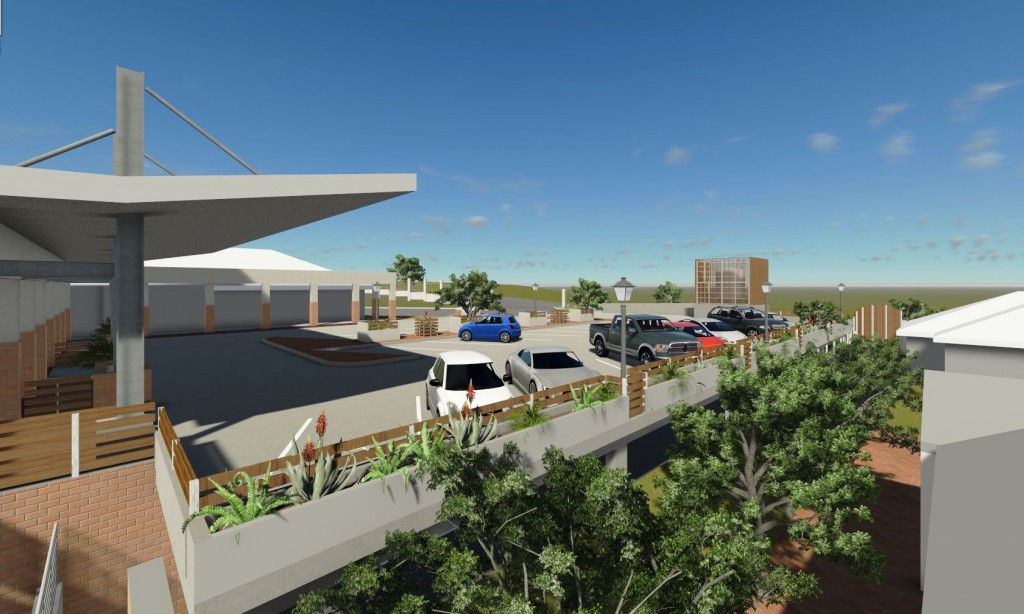Why Every Civil Engineer Should Consider Lumion
While 3D visualization is extremely beneficial and on the funner end of the design spectrum (to me, anyways), it isn’t necessarily on the critical path to complete a project. Just think of the thousands- if not millions- of projects that have been completed over the millenia without a single render created before construction. The Egyptians completed the pyramids without Sketchup and the Chinese constructed the great wall without a Navisworks construction animation.
All that said, however, I have experienced more and more situations where 3D visualization has shown to be a crucial part of the design/construction process. Sometimes it has even saved a significant portion of the budget. It is no secret that I believe every project should have 3D visualization in some if not all phases of the design process, but I understand that not everyone else shares my enthusiasm. I also recognize that not every budget can afford the software/personnel/training necessary to create quality visualization. I wish it could be the case, but often it cannot.
Not yet, anyway.
In the past year I have seen the emergence of a workflow that has upended all of my preconceived notions about how high end visualization can be created. It isn’t due to a new Autodesk or Bentley product but rather a software program created for Architects. I have mentioned it before- Lumion is the best kept secret in engineering. Using Lumion in conjunction with both design and visualization has completely changed the way I think about making civil design look good.
Okay, so maybe I am one of only a handful of civil engineers using Lumion. I am a fan of using software for unconventional purposes and using Lumion for roadway projects is probably one of my favorite. It allows the user to use CAD data modeled in 3D for image and video renders.
Let’s get back to the focus of this discussion- why should a civil engineer us Lumion? As we have discussed, almost every civil engineer in history has successfully completed projects without the use of this architectural product. However, the game is changing. Clients are increasingly unsatisfied with 2D exhibits for presentations. Younger designers visualize in 3D better than 2D due to a lifetime of video games.
But most of all, Lumion is easy. It readily accepts .dwg files and it takes little practice to figure out how to get a modeled project from Civil 3D into Lumion, beautifully textured.
Yes, the software costs well into four figures for the full version. I’m not recommending anyone take on that price tag with their milk money. But large projects can justify purchases in the thousands of dollars if the use is warranted. Each seat of AutoCAD software usually costs more than that.
If you don’t believe me, download the free version and import a bridge model from Sketchup. Apply textures and look around the model.
If you still don’t believe me, that’s fine. I’m sure your projects will continue to be correct and profitable without Lumion.
But as for me, you will find me hard pressed to ever work on a project (from the design or visualization perspective) without at least bringing some part of it into Lumion.
So, what’s the verdict- useful design tool or just another way to put on a nice dog and pony show?


